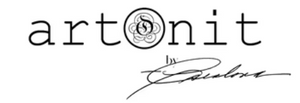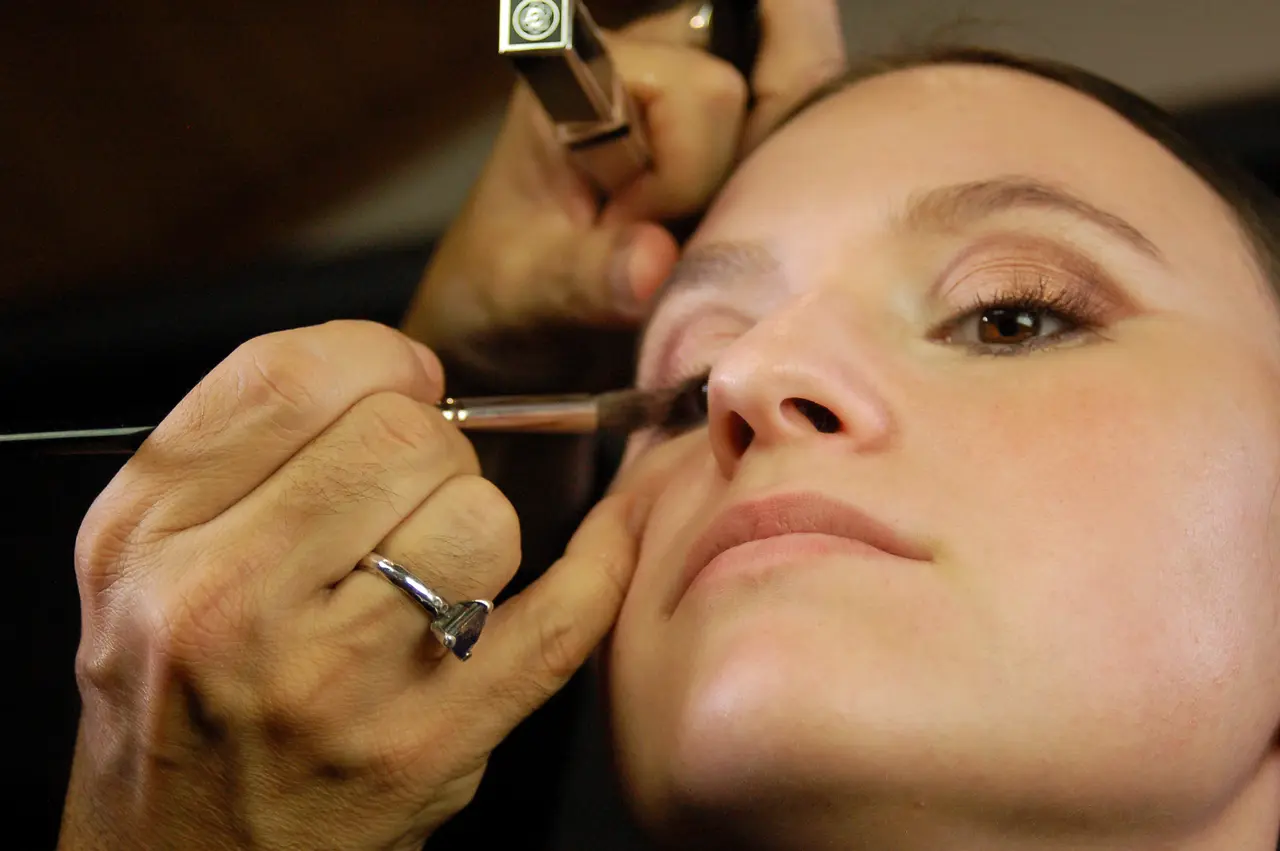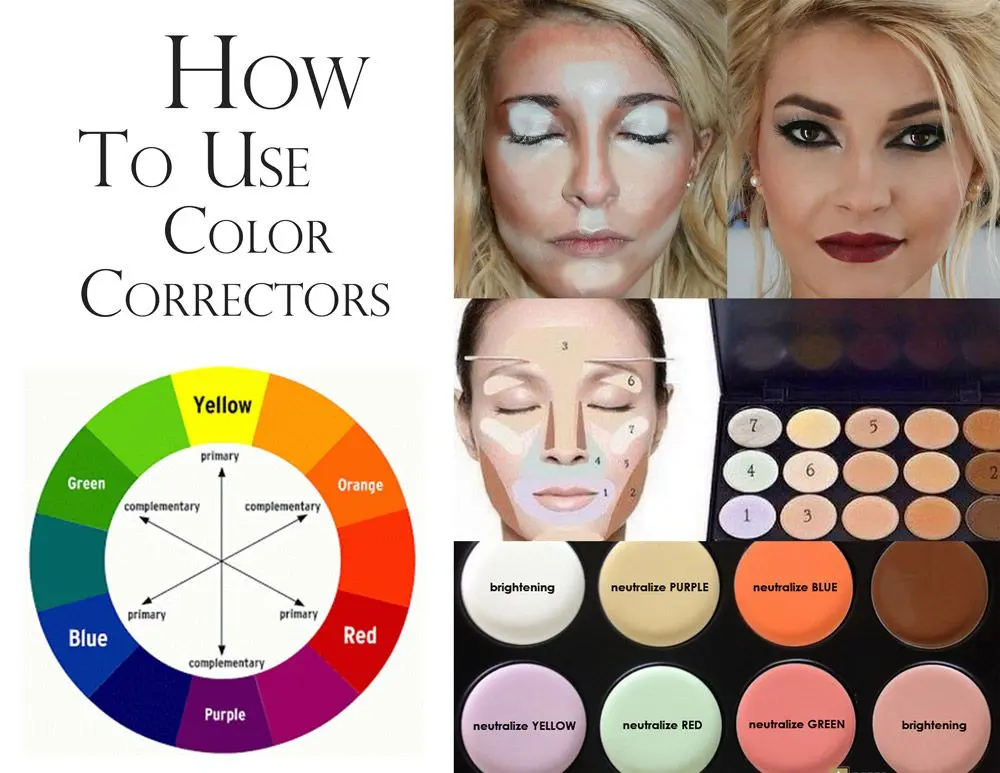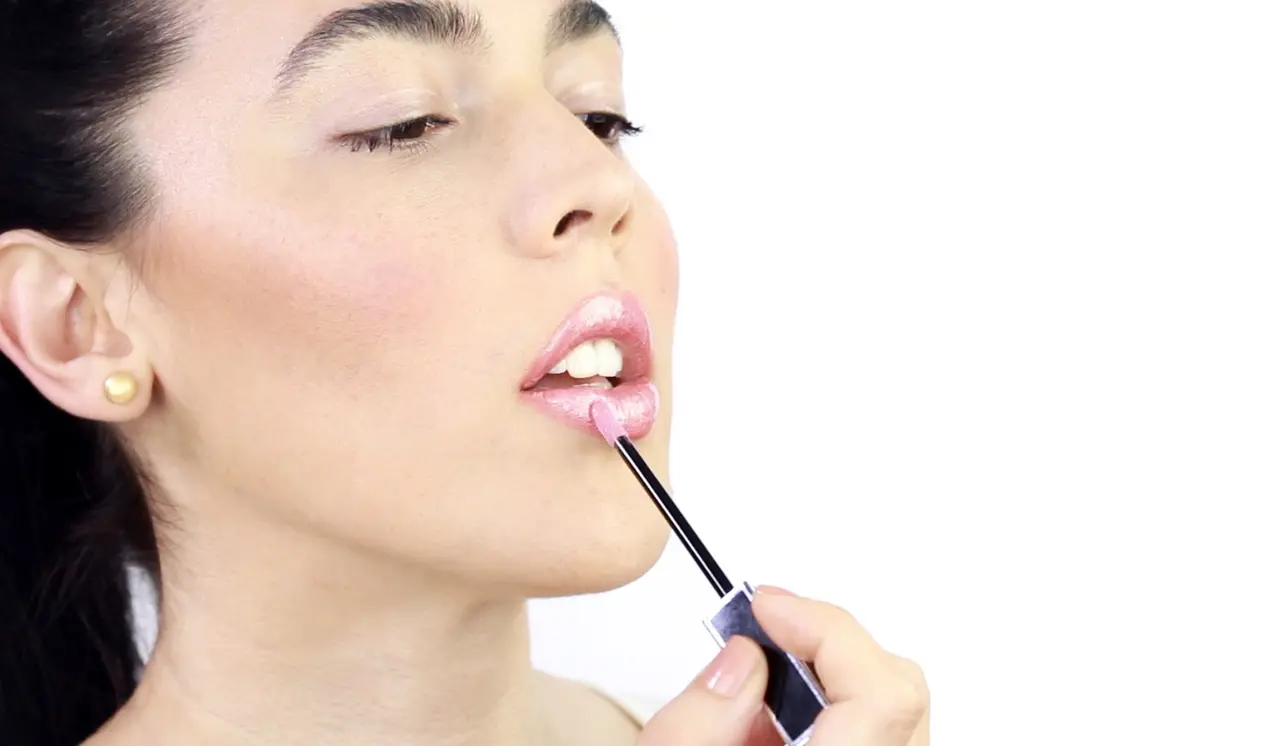
8 Ways to Use Color Theory Makeup to Enhance Your Features
Color theory makeup can be a powerful tool to enhance your natural beauty. By understanding how different colors interact with your skin tone, eye color, and features, you can create a stunning look that accentuates your best attributes. In this post, we’ll explore creative ways to apply color theory in your makeup routine, making it easy and fun to transform your appearance.
1. Understanding the Basics of Color Theory
To begin utilizing color theory in makeup, it’s essential to grasp some fundamental concepts. Color theory comprises the relationships that colors have with one another, which can significantly influence our appearance. By categorizing colors into primary, secondary, and tertiary groups, we can begin to see how hues interact and complement each other. For instance, primary colors—red, blue, and yellow—are the building blocks of all other colors. When mixed, they create secondary colors like green, orange, and purple, enriching the spectrum of options at our disposal. Understanding this system lays the foundation for harnessing color theory makeup effectively.
Another key element in color theory makeup is the color wheel. This circular diagram visually depicts how colors relate to each other; it’s an invaluable tool for makeup enthusiasts. Those opposite each other on the wheel, known as complementary colors, create striking contrasts, making features pop. On the other hand, analogous colors, which sit next to each other on the wheel, evoke harmony, perfect for creating soft, blended looks. By familiarizing yourself with the color wheel, you can confidently craft cohesive makeup looks, ensuring each application enhances your unique features rather than competing with them.
2. Complementary Colors for Eye Enhancement
When it comes to eye makeup, utilizing complementary colors can dramatically enhance your eyes’ natural beauty. For example, if you have blue eyes, shades of orange or warm browns can create stunning contrast that makes your eye color pop. Applying an orange-toned eyeshadow can serve as a base while adding a warmer brown in the crease helps to define the eye shape. This technique not only amplifies color vibrancy but also draws attention to your eyes, enhancing their appeal.
Additionally, green eyes benefit from purples and deep plums, as these shades complement perfectly and create an eye-catching allure. A simple yet effective way to incorporate this is through eyeliner or mascara; a plum liner can add just the right amount of color to make the green of your eyes stand out. Conversely, for those with hazel eyes, experimenting with golds and rich browns can highlight the eyes’ multifaceted hues. By understanding which complementary colors work best for your eye color, you can truly elevate your eye makeup game.
3. Using Color Correctors for Flawless Skin
Color correctors are a fantastic way to achieve a flawless complexion by neutralizing unwanted tones in your skin. Essentially, they work on the principle of color theory, where colors on opposite sides of the color wheel counteract each other. For instance, if you’re struggling with redness, a green corrector can help mitigate those areas, leading to a more balanced base. Once applied under foundation, it can significantly reduce the visibility of blemishes, allowing your natural beauty to shine through.
Moreover, for those with dark under-eye circles, peach and orange correctors are ideal. They counteract the bluish hues of dark circles, brightening the area and providing a more refreshed appearance. Applying these correctors is straightforward; gently dab the product on the affected areas and blend well before applying your favorite concealer. With a little practice using color correction, you can achieve a more even-toned complexion while enhancing your features.
4. Highlighting with Warm and Cool Tones
Highlighting is crucial in makeup, as it can add dimension and brighten your look. Understanding the balance between warm and cool tones is essential for mastering this technique. Warmer highlights, such as golds and bronzes, work beautifully for those with warmer skin tones, lending a sun-kissed glow to the skin. When applied to cheekbones and brow bones, these shades can add a radiant warmth that enhances your features in a natural, flattering way.
On the flip side, individuals with cooler undertones should gravitate towards silvers and pearl highlights. These tones beautifully complement cooler hues, reflecting light in a way that feels fresh and clean. For the best results, try mixing both warm and cool tones to create a multi-dimensional glow. This hybrid method can lead to a stunning effect, ensuring your high points pop and your makeup remains vibrant, regardless of the lighting. With proper application, you can harness the power of highlighting to effortlessly elevate your look.
5. Creating Depth with Contrasting Shades
Creating depth in your makeup look is all about contrast. Playing with varying shades within a single color family or introducing darker tones can add striking dimension to your appearance. For example, when applying eyeshadow, consider using a lighter shade on your entire lid while gradually blending in a deeper shade through the crease. This technique opens up the eyes, while the darker colors add intrigue and shape, ultimately making the eyes look larger and more defined.
Similarly, this approach can be applied to contouring and highlighting. Utilizing darker shades for contour can carve out your cheekbones, jawline, and nose, while lighter shades can highlight areas you want to draw attention to, such as the cheekbones and the bridge of the nose. This strategic manipulation of colors creates the illusion of depth and perfectly sculpted features, producing a stunning overall look. Mastering contrasts can truly take your makeup skills to the next level, transforming your everyday routine into an art form.
6. Choosing the Right Lip Color for Balance
Choosing the right lip color is vital in achieving a balanced makeup look. Lip color doesn’t just enhance your lip shape; it can also complement your overall makeup while reflecting your personality. When selecting a shade, consider your eye makeup as well as the colors used on your cheeks. For instance, if you’re rocking a bold eye look, a softer, nude lip can provide balance, allowing your eyes to take center stage without overwhelming your features.
On the other hand, if you prefer a more muted eye, opting for a striking lip color—be it red, berry, or even a bright pink—can add vibrancy to your overall appearance. The trick lies in enhancing your features without causing too much visual competition between different makeup elements. Additionally, consider the season and occasion; deeper shades often feel more appropriate for fall and winter, while bright tones can brighten up spring and summer looks. Being intentional with your lip color choices ensures that your makeup exudes harmony and style.
7. Incorporating Different Textures for Dimension
In makeup, texture plays a crucial role in achieving a flawless look. By incorporating various textures—such as matte, satin, and shimmer—you can add layers of dimension that bring your makeup alive. For instance, a matte lipstick can provide a sophisticated finish, while a satin or glossy lip can create a more youthful, fresh appearance. Mixing these textures in your look can elevate your artistry and allow for unique creativity.
Further, using shimmer eyeshadow on the inner corners of your eyes can bring a brightening effect, while a matte shadow can be used to create depth at the crease. This contrast not only enhances your eyes but also brings attention to their shape. As you grow more confident in mixing textures, feel free to experiment with bold variations, such as using holographic highlights or metallic finishes for a true statement look. Ultimately, the key is to play with these elements to highlight and enhance your features artistically.
8. Experimenting with Bold Colors for a Statement Look
Bold colors are an exciting way to express your personality through makeup. Whether it’s a vibrant eyeshadow, neon eyeliner, or a statement lip color, integrating these bold hues into your repertoire can be a fun and liberating experience. The key is to choose one focal point—like your eyes or lips—and let that dominate the look while keeping the rest of your makeup more subdued. This method ensures that your striking choice stands out without overwhelming your overall appearance.
When experimenting with bolder colors, don’t shy away from mixing and matching hues. Monochromatic looks, where shades of the same color are used across the eyes, cheeks, and lips, can be mesmerizing. Conversely, contrasting colors can create dynamic, eye-catching effects worthy of any occasion. The goal is to feel empowered by your choices, showcasing your creativity and confidence. With color theory makeup, the possibilities are endless; it’s all about having fun and stepping out of your comfort zone.




